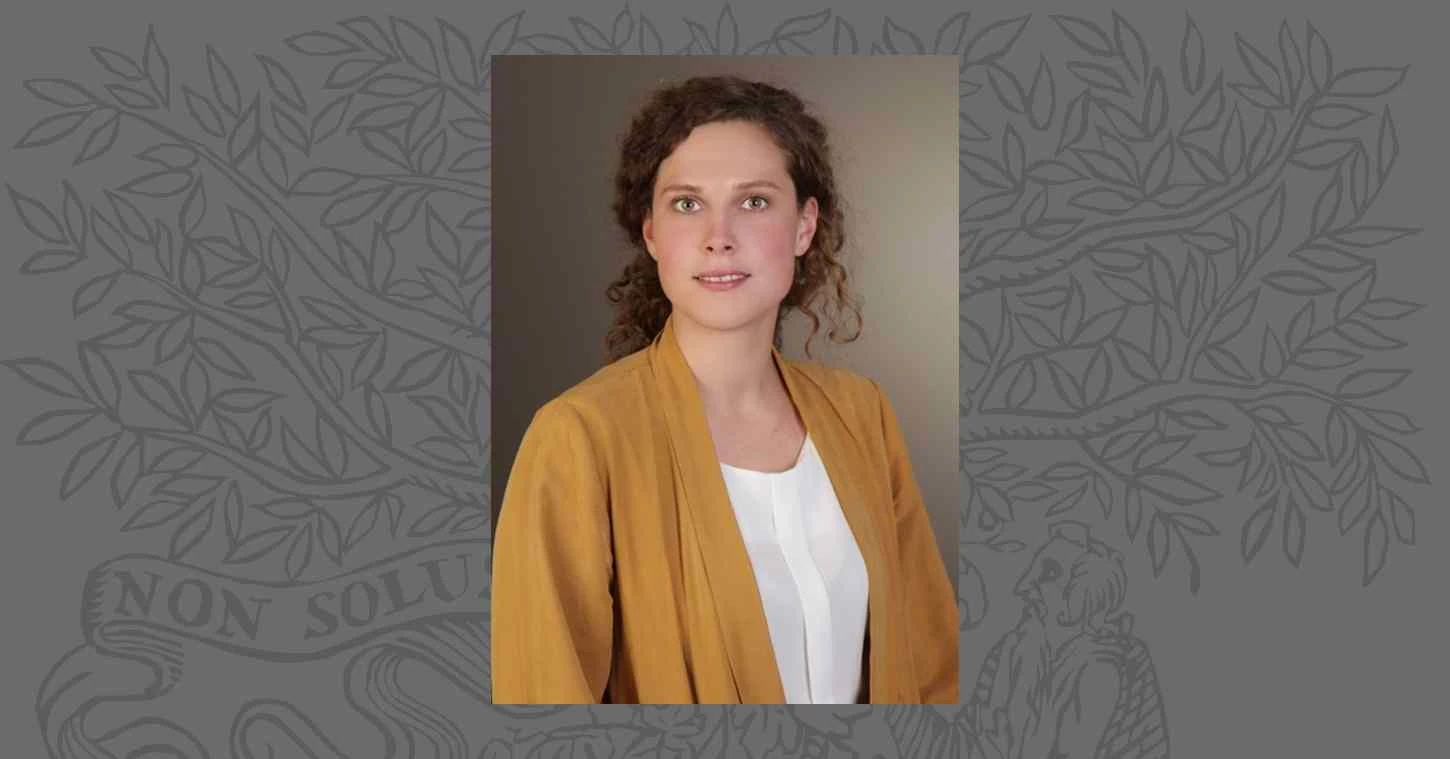Editors' Update - supporting editors, every step of the way.

很遺憾,我們無法支援你的瀏覽器。如果可以,請升級到新版本,或使用 Mozilla Firefox、Microsoft Edge、Google Chrome 或 Safari 14 或更新版本。如果無法升級,而且需要支援,請將你的回饋寄給我們。
2022年3月22日 | 6 最小讀取時間
Anna Holthaus, Christopher Tancock

"The pandemic has dramatically exposed... gender inequality structures and demonstrated the urgency of eliminating them."
In this miniseries, we take a look at the issues experienced by women in research and will try to unpack some of the problems they may face in accepting and discharging editorial roles. We hope to highlight these issues, explore solutions and continue the conversation about gender inclusion in editorial teams. We welcome all constructive comments and suggestions.
Anna Holthaus was interviewed by Christopher Tancock
After school, I volunteered for several years at one of the major environmental NGO's in Germany with a strong focus on scientific work. This was a very male-oriented organizational culture. During this experience, I noticed a profound lack of attention to structural inequalities. This drove me to study environmental sciences and governing sustainability with a focus on the issue on the gender of (in)equality. Since 2018, I have been coordinating the project work on gender and chemicals at the MSP Institute. The interlinkages between chemicals and gender are complex and multidimensional: women's and men's bodies are affected differently by certain chemicals, as exposure, risk, and impacts can be different between the sexes. What is more, chemical exposure is influenced by various social gender aspects, and women are affected differently because of their gendered roles in society. Consequently, structural gender inequalities result in unsustainable management of chemicals. So far, this has not received enough attention in science, policy, industry, and public life. We are trying to change that!
Perhaps you can compare it to building bridges: we try to connect stakeholders, perspectives, and disciplines, especially from natural science and social sciences. Before the pandemic, I participated in various United Nations conferences, especially the Strategic Approach to International Chemical Management (SAICM), and other meetings where I spoke to politicians and chemists and tried to convince them that gender equality is important for sustainable chemistry and a healthy future. At the moment, I am doing this via video calls and webinars, like most of us...
I have only been working on gender and chemicals for four years, which is why I would not yet speak of great accomplishments. But the issue of gender and chemicals itself is not new. Women in the environmental movement and political sciences and ecological economics have been investigating and identifying linkages between gender and the environment for decades. So, one of the first moments of success for me was to meet some of these women and gender professors virtually at an international expert workshop on gender and sustainable development where I was invited to present my work. The resulting exchange of generations and experiences was very motivating and encouraging.
There is the fantastic report "Breaking the barriers" by the Royal Society of Chemistry from 2018. Through a major survey, interviews and focus groups they gathered data from across the chemical sciences community and found that the structure of academic funding, the culture in academia, and the reality of having to balance work with other responsibilities are the main barriers for women to participating more in chemical science. Based on these results the Royal Society of Chemistry came up with two projects I find very innovative: they installed a bullying & harassment helpline for people in chemical sciences, and they created a grant for chemists to cover care costs whilst attending a chemistry-related-event.
If there is no network for women and the issues you love to work on, try to build the network on your own. The first steps don't need to be huge: you just need interested people and an email list! More than five years ago, together with other students, I founded a small and informal network for your professional working on gender and sustainability. Since then, we have supported each other at research projects and in job searches, but also in our challenges of combining care roles and paid work.
I am pretty sure that the pandemic has hindered the cause of gender equality in research massively. For example, a lot of women couldn't work on their research projects or finish their studies, because they were the ones doing the care work at home. The pandemic has dramatically exposed these gender inequality structures and demonstrated the urgency of eliminating them. That is why I have hope that it will no longer be possible to act completely gender-blindly in the future.
From human biomonitoring studies, we know that women or girls and men or boys often carry different levels of pollutants in their bodies. So, we detect gender differences but in the great majority of cases we don't know what causes them. To understand this, we would need much more research on how to analyse the impact of gender in chemical exposition. Unfortunately, however, even sex-disaggregated health data is often lacking.
Yes, in the environmental field, gender issues are becoming more important, also because this is now being more strongly addressed at the international policy level and in science-policy interfaces such as the Intergovernmental Panel on Climate Change. The consideration of gender is also required more in funding programs (e.g in Horizon Europe). Nevertheless, in Germany and many other countries, gender research continues to be accused of being ideological. Behind this accusation often lurks a right-wing idealogy and I believe it's important unmask that.
Mainstream gender! Make sure that there is a gender balance among the authors (and editors, and reviewers!); that there is an article with a gender perspective in almost every special issue; that research projects examine whether gender aspects need to be considered or not; that sex or gender-disaggregated data is collected wherever possible. Of course, this costs time and money but taking gender into account leads to better research results and understanding of our world - and isn't that by definition the purpose of science?!

